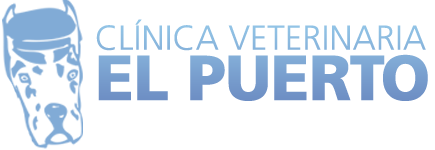THE PINE PROCESSIONARY
/ cvjavea
A risk to the health of our dog
What is it?
The pine processionary most common in Spain is the Thaumatopea pytocampa. It is a moth that lives in the summer. Each butterfly lays about 300 eggs in the branches of the pine- trees. When caterpillars are born make a silk nest where keep warm for the cold weather. These are the typical cottony white bags on the tops of the pines. Usually between February and April, with temperatures above 15 º C, caterpillars migrate in procession led by a female. The destination is an ideal place to burrow and form pupae, which will end next summer as butterflies.
Why catterpillars are a danger to our dog?
The caterpillars have specialized hairs shaped dart that release a toxin called taumatopenia. This toxin is a protein that produces and hyperacute inflammatory reactions similar to those produced in allergic reactions, giving rise to toxic-irritative dermatitis.
Poisoning can occur through direct contact with the caterpillars and their secretion or by contact with stinging hairs that can be carried by wind or fallen nests, as stinging hairs and larval exudates can stay inside, including nests from previous years. That is why the fallen nests can be a source of infection if handled by the dogs, and then the wind can move these hairs and put them in contact with skin and mucous membrane.
The classic symptoms in oral contact: the animal shows nervousness, rapid swallowing acts, touching their mouth with their feet, hypersalivation, in minutes develops an inflammation of the mouth and tongue to intense inability to close the mouth, If the caterpillar has been eaten the animal will have vomits or edema of the larynx. The injury locally tends to evolve into necrosis, with the possibility of tissue loss. The other locations caused by less common contacts (as eyes or nose) cause symptoms traceable to blepharitis, keratitis and rhinitis.

What to do if my dog comes in contact with the processionary?
If you see your dog touches one of these caterpillars, or it shows the symptoms that you think has done it, be very clear that you are in an emergency vet so you have to act fast, as this will depend on the success of treatment .
Wash the tongue or the affected area with hot water as the heat deactivates the toxin. Other alternatives are vinegar or soap. Never rub the injured part, as this will break the hair damaged after releasing the toxin.
Turn immediately to assess the state vet where the dog and decide any necessary therapy.
The most frequent sequel necrosis and loss of part of the language that has been in contact with the poison. Fortunately, if you lose the piece is not very big, the dog gets used quickly and can eat and drink normally.

Leave a Reply